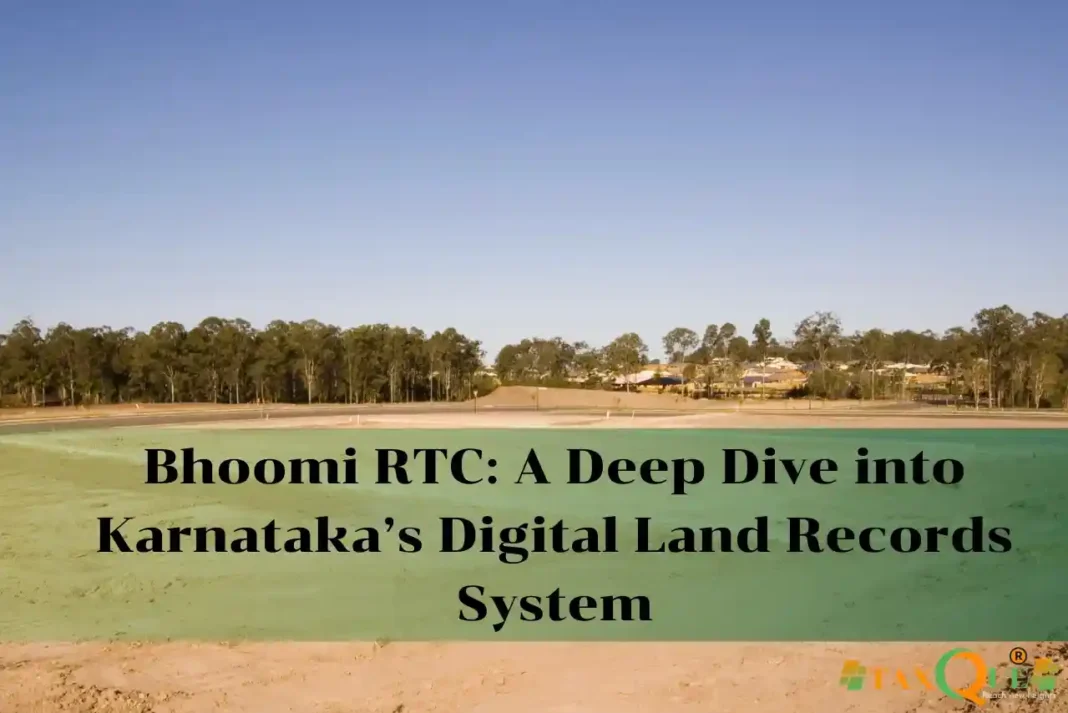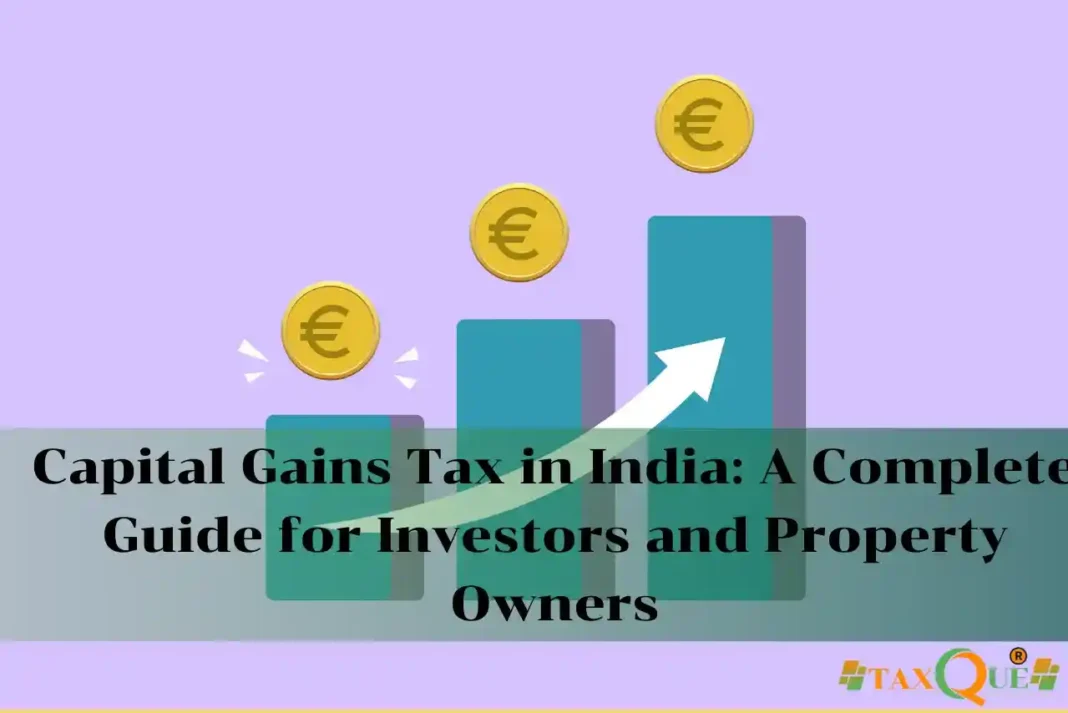Introduction
Bhoomi RTC is a revolutionary online platform launched by the Karnataka Revenue Department to digitize land records and make them accessible to citizens. Introduced in 2000, Bhoomi (meaning “land” in Kannada) has transformed how landowners, especially farmers, access critical documents like the Record of Rights, Tenancy, and Crops (RTC). By offering transparency and reducing dependency on officials, Bhoomi RTC simplifies land-related processes. This blog explores what Bhoomi RTC is, its features, benefits, and how it empowers Karnataka’s citizens.
What is Bhoomi RTC?
Bhoomi RTC is Karnataka’s digital land records system, designed to eliminate manual record-keeping and bring transparency to land administration. Managed by the Revenue Department, it allows citizens to access key documents like RTC (Pahani), mutation extracts, and revenue maps online. According to the official Bhoomi portal (https://landrecords.karnataka.gov.in), this initiative has digitized millions of land records, making them tamper-proof and easily accessible. Bhoomi RTC is a model for other states aiming to modernize land governance.
Key Documents Available on Bhoomi RTC
The Bhoomi RTC portal provides access to several important land-related documents. Here’s a list of what you can obtain:
- RTC (Pahani): Details ownership, tenancy, crops, and liabilities.
- Mutation Extract: Records changes in ownership due to sales, inheritance, or gifts.
- Mutation Status: Tracks the progress of mutation applications.
- Tippan: Survey sketches showing land boundaries.
- Revenue Maps: Digital maps of land parcels for planning and verification.
These documents are crucial for legal, financial, and agricultural purposes.
Details in the RTC (Pahani) Document
The RTC, or Pahani, is the cornerstone of Bhoomi RTC. It contains comprehensive land information, as shown in the table below:
| Detail | Description |
|---|---|
| Owner’s Name | Full name and details of the landowner. |
| Land Type | Agricultural, commercial, or residential. |
| Area & Measurement | Size of the land in acres or hectares. |
| Soil Type | Information on soil quality (e.g., red, black). |
| Liabilities | Details of loans or mortgages on the land. |
| Tenancy Details | Owner, tenant, or cultivator status. |
| Crops Grown | List of crops cultivated on the land. |
| Nature of Possession | Whether owned, leased, or under dispute. |
This data helps farmers, courts, and banks make informed decisions.
Benefits of Bhoomi RTC for Farmers and Landowners
Bhoomi RTC has transformed land management for Karnataka’s citizens, especially farmers. Here are its key benefits:
- Loan Facilitation: Farmers can download RTCs to apply for agricultural loans from banks.
- Crop Insurance: Crop details in RTCs support insurance claims during crop failures.
- Dispute Resolution: Courts use Bhoomi data to settle land disputes quickly.
- Mutation Tracking: Landowners can monitor mutation status and escalate delays beyond 50 days to Taluk officers.
- Transparency: Real-time access reduces dependency on village accountants, minimizing corruption.
A study by the National Informatics Centre (https://www.nic.in) highlights how Bhoomi has empowered rural landowners by simplifying access to records.
How Bhoomi RTC Reduces Corruption
Before Bhoomi, landowners faced delays and often paid bribes to access records or process mutations. Bhoomi RTC has changed this by:
- Reducing Official Discretion: Online access limits the need for intermediaries.
- Tamper-Proof Records: Digitized records are secure and verifiable.
- Real-Time Updates: Citizens can check mutation status or download documents instantly.
This transparency has made land administration fairer and more efficient.
Accessing Bhoomi RTC: Online and Kiosk Centers
Bhoomi RTC is accessible via the official portal (https://landrecords.karnataka.gov.in). Citizens can log in, enter details like district, taluk, and survey number, and download documents. For those less comfortable with technology, Karnataka’s Kiosk Centers provide printed RTCs and assist with mutation applications. These centers ensure inclusivity, bridging the digital divide for rural users.
Frequently Asked Questions (FAQs)
1. What is Bhoomi RTC, and who can use it?
Bhoomi RTC is Karnataka’s digital land records system, offering access to documents like RTC and mutation extracts. It’s available to landowners, farmers, and anyone needing land-related information in Karnataka.
2. How can I access RTC documents online?
Visit https://landrecords.karnataka.gov.in, select your district and taluk, enter the survey number, and download the RTC after verification. You may need an Aadhaar or registered mobile number.
3. What documents are required to apply for mutation on Bhoomi?
You need a sale deed, RTC, Aadhaar, and other ownership proof. Submit these online or at a Kiosk Center for processing.
4. How long does mutation take via Bhoomi RTC?
Mutation typically takes up to 50 days. If delayed, you can escalate to Taluk-level officers for resolution.
5. Can Bhoomi RTC help with agricultural loans?
Yes, banks accept RTC documents from Bhoomi to process agricultural loans, as they verify ownership and crop details.
Bhoomi Portal
The Bhoomi Portal (https://landrecords.karnataka.gov.in) is the go-to tool for accessing Karnataka’s digital land records. It offers a user-friendly interface for downloading RTCs, tracking mutations, and viewing revenue maps. For non-tech-savvy users, Kiosk Centers provide hands-on support. The portal ensures you stay updated on your land records with ease.
Conclusion
Bhoomi RTC is a game-changer in Karnataka’s land administration, making records accessible, transparent, and secure. From helping farmers secure loans to resolving disputes, Bhoomi RTC empowers citizens and reduces corruption. Its online portal and Kiosk Centers ensure everyone can benefit, regardless of tech skills. Whether you’re a farmer or a landowner, Bhoomi RTC simplifies your journey. Visit https://landrecords.karnataka.gov.in today to explore your land records and take control of your property matters!





